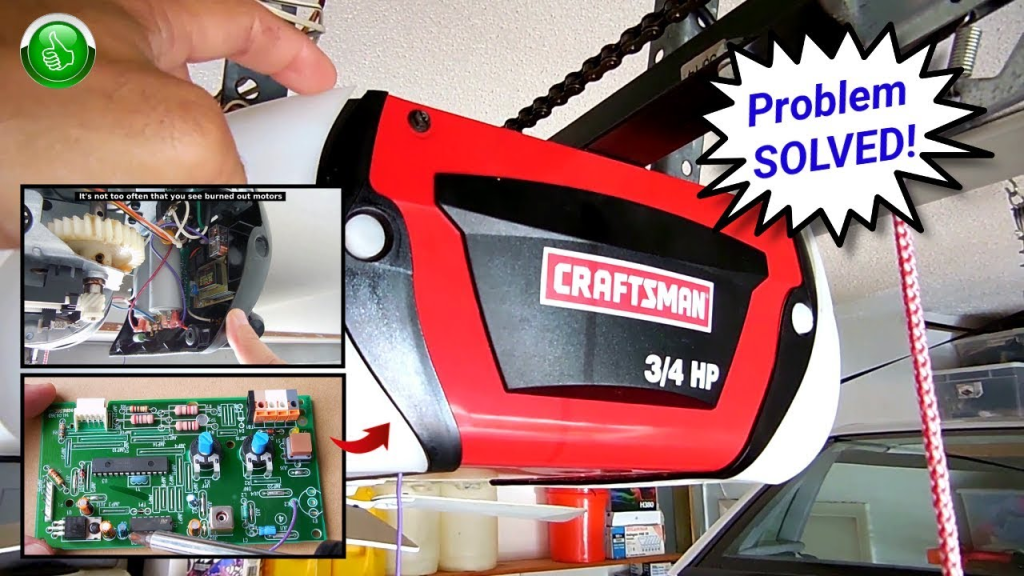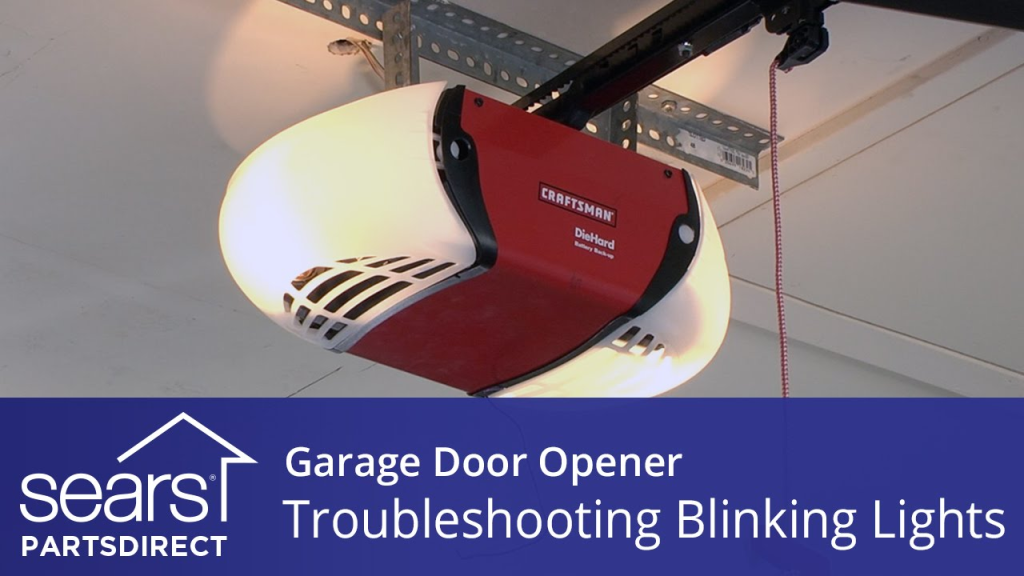A malfunctioning garage door can quickly turn into a major inconvenience—especially if the issue stems from a worn or broken chain. If you’re asking yourself how to replace chain on Craftsman 0.5 garage door opener, you’re not alone. Many homeowners with older Craftsman models encounter chain-related issues as wear and tear build up over time.

The good news? Replacing the chain on your Craftsman 0.5 HP garage door opener is a task that you can often complete yourself with a few tools, a little time, and some mechanical know-how. This detailed guide will walk you through the entire process—from identifying the problem to installing the new chain and testing the opener.
Let’s get started on how to bring your Craftsman opener back to top working condition.
Tools and Materials You’ll Need
Before diving into how to replace chain on Craftsman 0.5 garage door opener, gather the following tools and supplies:
- Replacement chain and cable kit (compatible with Craftsman 0.5 HP openers)
- Wrench set or socket set
- Flat-head screwdriver
- Ladder
- Pliers
- Safety goggles
- Work gloves
- Garage door lubricant (optional)
Make sure you also consult your model’s manual to confirm chain compatibility and part numbers. Sears or Chamberlain (the manufacturer behind Craftsman garage openers) often provides manuals online.
Read tooo: Craftsman Garage Door Opener 1/2 HP Programming for Effortless Setup
Understanding Why Chain Replacement Is Necessary
Chains on garage door openers perform a critical function: they lift and lower the door through a coordinated system of gears, pulleys, and tension springs. Over time, the chain may:
- Stretch and sag, affecting door movement
- Break due to corrosion or tension overload
- Jam or come off the sprocket
- Create loud rattling noises during operation
If your door is moving unevenly or not at all—and you’ve already ruled out the motor or sensor issues—then the chain could be the culprit.
Safety First
Before attempting to replace the chain:
- Unplug the garage door opener from the electrical outlet.
- Disconnect the door from the opener using the manual release cord (usually a red handle).
- Wear safety goggles and gloves. The chain system is under tension, and components can snap unexpectedly.
- If your garage door is in the open position, do not proceed until it’s fully closed manually. A partially open door poses serious risk.
Now that we’ve addressed safety, let’s move on to the actual replacement.
How To Replace Chain On Craftsman 0.5 Garage Door Opener — Step-by-Step Instructions
Follow these carefully laid-out steps to replace the chain on your Craftsman opener:
Step 1: Detach the Opener From the Door
After unplugging the unit:
- Pull the emergency release cord to disengage the trolley from the chain.
- Lift the garage door manually and ensure it stays in the fully open or closed position (use locking pliers on the track if needed).
- Now, you’ll be able to move the trolley freely along the rail.
Step 2: Remove the Chain Assembly
- Use a ladder to reach the opener’s motor unit mounted on the ceiling.
- Locate the master link or connector on the chain.
- Use pliers and a screwdriver to remove the master link clip.
- Disconnect the chain from the trolley and the sprocket on the motor.
- Remove the old chain and any associated cable carefully from the rail system.
Inspect the chain for damage—rust, kinks, or worn links confirm that replacement was necessary.
Step 3: Install the New Chain and Cable
- Thread the new chain onto the rail starting at the motor unit sprocket.
- Connect the other end to the trolley using the new master link provided.
- If your replacement kit includes a cable, route it according to your model’s specifications. Typically, it will wrap through a pulley on the door end of the rail and connect back to the chain to form a complete loop.
- Ensure that the chain and cable are not twisted and follow the exact path of the original.
This step requires precision to ensure smooth operation.
Step 4: Adjust the Chain Tension
Most Craftsman garage door openers have a tension bolt at the trolley. To tighten the chain:
- Turn the tension bolt clockwise until the chain has about ¼ inch of slack midway along the rail.
- Don’t overtighten—the chain needs some give to operate smoothly.
- Ensure the chain sits evenly on the sprocket and isn’t rubbing or binding anywhere.
Step 5: Reconnect and Test
Once everything is in place:
- Reconnect the trolley to the chain by pulling the manual release cord toward the door and then running the opener.
- Plug the opener back into power.
- Use your wall switch or remote to operate the door.
- Watch the full open/close cycle carefully. Check for:
- Smooth chain motion
- Minimal noise or vibration
- Proper stopping points
If adjustments are needed, unplug the unit and tweak the chain tension or alignment.
Common Problems After Chain Replacement (and How to Fix Them)
After completing how to replace chain on Craftsman 0.5 garage door opener, you might still encounter issues. Here’s how to troubleshoot:
1. Chain is too loose or tight
→ Re-adjust the tension bolt on the trolley.
2. Door doesn’t close fully
→ Adjust the travel limits on the opener housing (usually marked as “up” and “down” controls).
3. Opener is louder than before
→ Lubricate the chain with garage door lubricant. Avoid WD-40 as it may degrade components.
4. Trolley won’t reconnect
→ Ensure the chain is properly looped and tensioned. Pull the emergency cord down and toward the opener to re-engage the trolley.
How Often Should You Replace the Chain?
The chain on a Craftsman 0.5 HP opener can last up to 10–15 years depending on usage. However, if your garage sees frequent traffic or is exposed to moisture, it may need replacement sooner.
Perform a yearly inspection and look for:
- Excess slack or sag
- Corrosion or rust
- Noisy operation
- Jerky door movement
Regular lubrication and inspections extend the chain’s life.
When to Call a Professional
While this guide empowers DIYers, there are cases where calling a garage door technician is wise:
- You lack the proper tools or replacement parts.
- The door is extremely heavy or unbalanced.
- The motor unit shows signs of failure.
- You’re unsure how to reconnect electronic safety sensors.
If in doubt, always prioritize safety.
Conclusion
Replacing a chain on your Craftsman garage door opener doesn’t have to be complicated or expensive. With the right tools and guidance, even novice DIYers can confidently take on this repair. This guide on how to replace chain on Craftsman 0.5 garage door opener walks you through every step—from diagnosis to reinstallation and fine-tuning.
Maintaining your garage door system improves both safety and convenience while extending the lifespan of your Craftsman unit. Bookmark this article for future reference and keep your garage functioning at its best.
If you’re ready to take on the task, grab your wrench set and start today—your smooth-operating garage door is just a few steps away.





